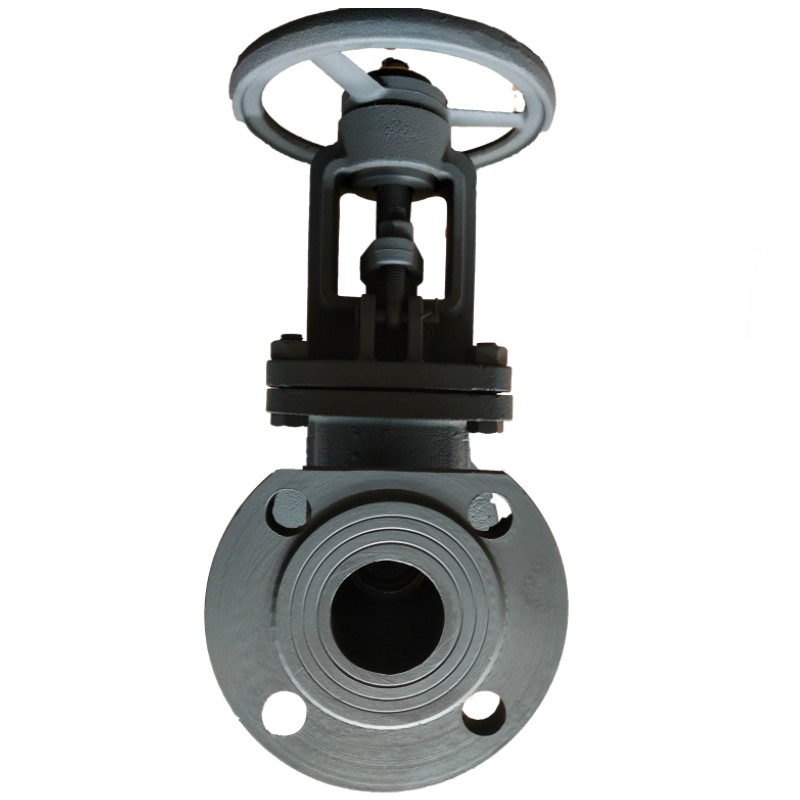tapped blind flange
Understanding Tapped Blind Flanges
In the world of piping and pipeline systems, the term tapped blind flange is frequently encountered. As one of the essential components in these systems, tapped blind flanges are crucial for ensuring the integrity, safety, and efficiency of various industrial processes. This article will explore what tapped blind flanges are, their construction, applications, and benefits, and the factors to consider when selecting them for your specific needs.
What is a Tapped Blind Flange?
A tapped blind flange is a type of flange that features a solid face with no opening, designed to seal the end of a piping system. Unlike standard blind flanges, tapped blind flanges incorporate a threaded hole, or tap, which allows for the option of fastening a bolt or attaching an instrument. This characteristic makes them versatile, as they can facilitate pressure testing or instrumentation.
Construction of Tapped Blind Flanges
Tapped blind flanges are typically made from various materials, including stainless steel, carbon steel, and special alloys, depending on the application and environmental conditions. They are available in different specifications, such as ANSI, ASME, and API standards, ensuring the right fit for various piping systems.
The dimensions of tapped blind flanges will vary based on the nominal pipe size and the pressure class. Users can usually choose from a range of diameters and thicknesses to suit their specific needs. The tap size or threads are also standardized according to established guidelines, allowing for easy integration into existing systems.
Applications
Tapped blind flanges are used in a variety of applications across multiple industries, including oil and gas, water treatment, chemical processing, and power generation. Specifically, they serve several key roles
1. Sealing Ends of Piping Systems Tapped blind flanges can securely seal pipe ends to prevent the leakage of fluids or gases, thus maintaining system integrity.
2. Testing Purposes The tapped hole allows for pressure testing, enabling operators to ensure that systems are leak-free before they are put into service.
3. Installation of Equipment The threaded connection provides an easy method to install measuring instruments, valves, or other equipment onto the pipe system without needing additional fittings.
Benefits of Tapped Blind Flanges
tapped blind flange

Using tapped blind flanges provides numerous advantages
- Versatility Their unique design allows for a wide range of applications, making them suitable for various industries and processes.
- Cost Efficiency With the ability to serve multiple functions, tapped blind flanges can reduce material and labor costs, as fewer components are required.
- Safety Assurance Properly installed tapped blind flanges contribute to the safety and reliability of piping systems, mitigating the risk of leaks and pressure anomalies.
- Ease of Installation The standardized dimensions and threads facilitate quick and straightforward installation, ensuring minimal disruption to ongoing operations.
Factors to Consider
When selecting tapped blind flanges for a given application, it is essential to consider several factors
1. Material Compatibility Ensure that the flange material is compatible with the fluids or gases being transported and the environmental conditions.
2. Pressure Rating Choose a flange that can withstand the operating pressures of your system, complying with relevant standards.
3. Size Requirements Ensure that the flange dimensions match the piping specifications for a proper fit.
4. Environment Take into account factors such as temperature, corrosive elements, and mechanical stresses that may impact the performance and longevity of the flange.
Conclusion
Tapped blind flanges are an integral part of many industrial systems, providing a combination of functionality, reliability, and versatility. By understanding their features, applications, and selection criteria, engineers and operators can make informed decisions to ensure effective pipeline management and system integrity. Whether in a chemical plant, power facility, or oil refinery, the right tapped blind flange can significantly contribute to operational efficiency and safety.
-
The Key to Fluid Control: Exploring the Advantages of Ball Valves in Industrial SystemsNewsJul.09,2025
-
The Versatile World of 1, 2, and 3 Piece Ball ValvesNewsJul.09,2025
-
Stainless Steel Ball Valves: The Ideal Choice for Efficient Flow ControlNewsJul.09,2025
-
Optimizing Fluid Control with Ball Float ValvesNewsJul.09,2025
-
Manual Gate Valves: Essential for Control and EfficiencyNewsJul.09,2025
-
Everything You Need to Know About Butterfly ValvesNewsJul.09,2025
-
The Versatility of Wafer Type Butterfly ValvesNewsJul.08,2025




